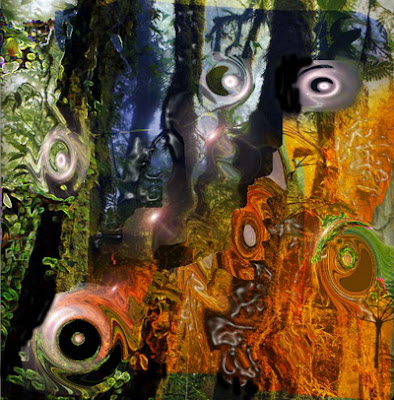
Faced with the looming loss of patent protection for its top-selling drug, the antidepressant Effexor XR, Wyeth received federal approval on Friday for a successor drug, Pristiq, which the company hopes will also become a blockbuster.
With the Food and Drug Administration’s approval of Pristiq, Wyeth said the company planned a big sales effort to introduce the product to psychiatrists and primary care doctors.
Wyeth needs a product that will replace some of the revenue expected to be lost to generic competitors of Effexor XR, whose patent protection expires in 2010. Sales of Effexor XR last year were $3.8 billion.
Dr. Philip Ninan, a Wyeth vice president for neuroscience, said he thought that Pristiq, which is chemically similar to Effexor, would have similar benefits in treating major depression. But the company said the drug had distinct advantages over its existing product.
Among them are that patients can start taking Pristiq at the therapeutic dose of 50 milligrams. Frequently, antidepressants must be started at a low dose, then ramped up to the therapeutic dose, to test whether patients can tolerate the drug and to determine the correct dose for the individual. Another advantage is that Pristiq does not have to be broken down by the liver, Dr. Ninan said, so it is not likely to interact with other medications metabolized by the liver.
“I think what’s important to understand in the depression category is that many patients fail to respond to anything that’s available,” said Geno Germano, Wyeth’s president of pharmaceuticals for the United States. “What’s important is that physicians and patients need multiple options available.”
But several analysts are skeptical of Pristiq, saying it has little advantage over other products on the market. And they raised questions about whether insurance companies would cover its cost in light of the availability of other drugs, including a less expensive generic version of Wyeth’s original version of Effexor that is already on the market.
Wyeth applied for F.D.A. approval of Pristiq in 2005. But in January 2007, the agency asked for additional information, a process that delayed approval until now.
During regular stock market trading on Friday, when most of the market was plunging, Wyeth’s shares were up more than 2.5 percent, closing at $43.62, in apparent anticipation of the F.D.A. approval.
Wyeth, based in Madison, N.J., has not yet announced how much Pristiq will cost. Effexor XR sells for about $120 for a 30-day supply, while the generic version of the original Effexor has been priced at less than half that recently on the Web site of one domestic chain pharmacy.
Dr. Timothy Anderson, a pharmaceutical analyst for Sanford C. Bernstein & Company, said that data Wyeth presented at a recent meeting of the American College of Neuropsychopharmacology failed to distinguish Pristiq from other marketed antidepressants.
“Payers are not likely to widely cover Pristiq in our view, and we forecast only low levels of sales,” Dr. Anderson wrote in a note to clients. He predicted the drug’s sales at $500 million by 2012, a relatively small figure in the antidepressant category.
And Dr. Daniel Carlat, a psychiatrist in Newburyport, Mass., who publishes the Carlat Psychiatry Report, said the release of Pristiq appeared mainly to be an effort by the company to, in effect, extend its patent for Effexor XR.
That is because Pristiq is a metabolite of Effexor — meaning it is the chemical compound that results after Effexor is swallowed and processed in the body.
“Is there a compelling public health reason for Wyeth to be releasing another antidepressant into the market, with no clear advantages over others?” Dr. Carlat said. “Not that I can see.”
Wyeth is also seeking F.D.A. approval for Pristiq as a drug to reduce hot flashes in menopause. The agency has asked for more data for that use.








